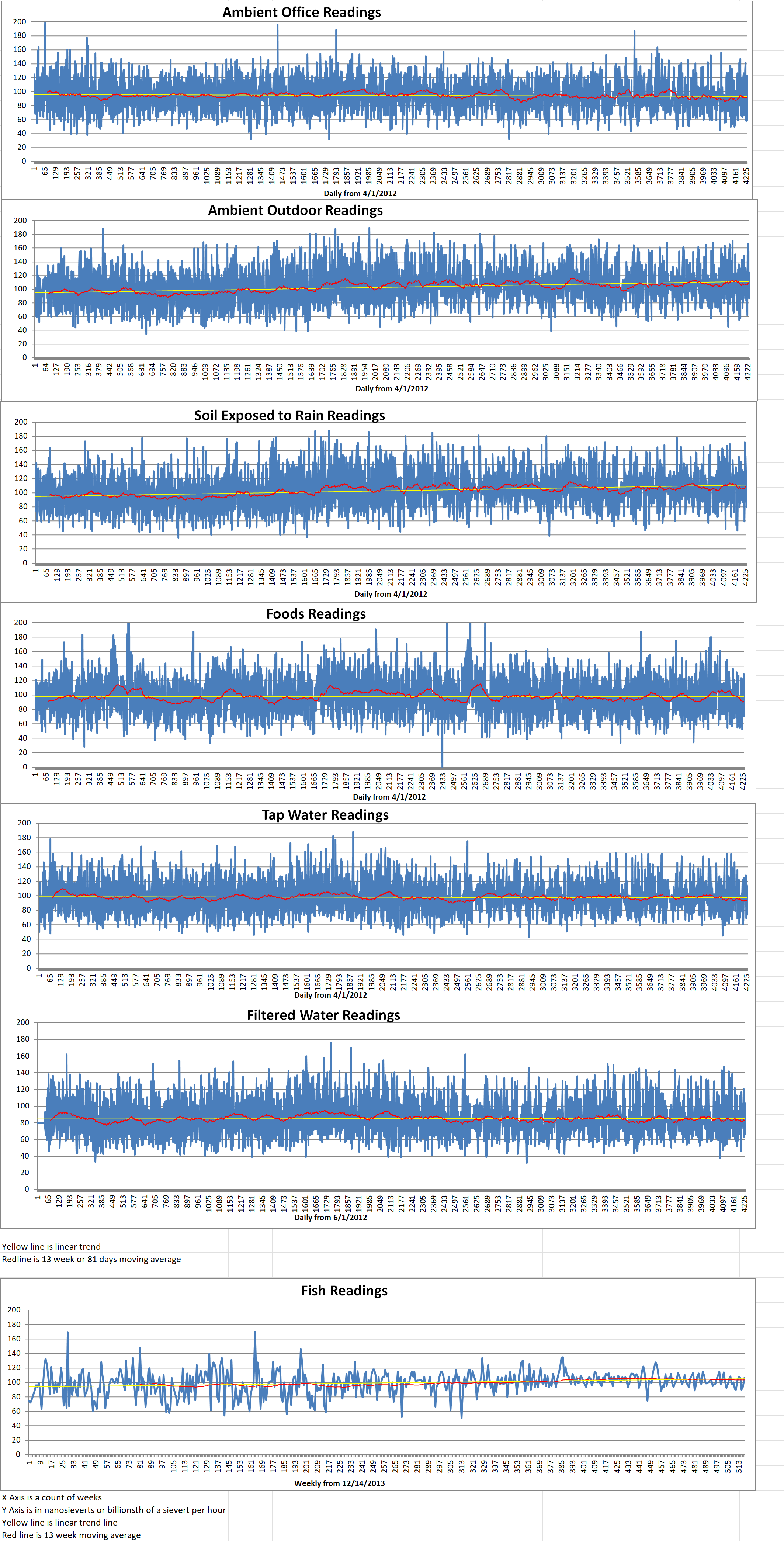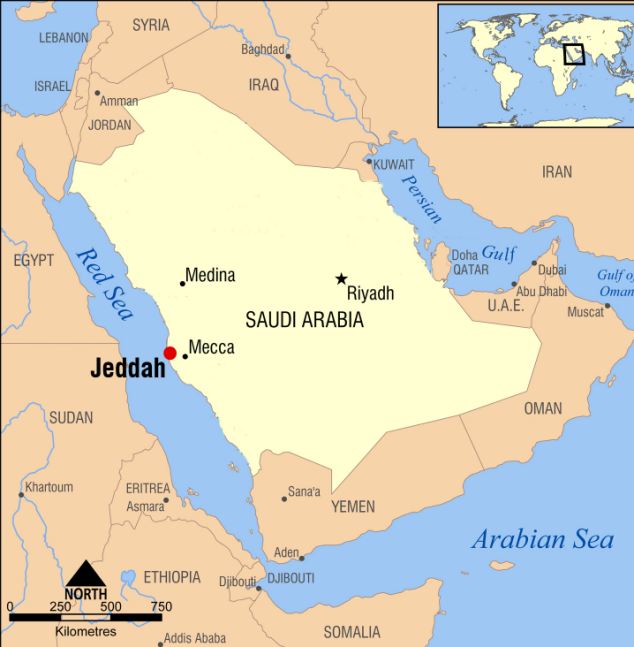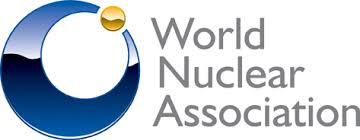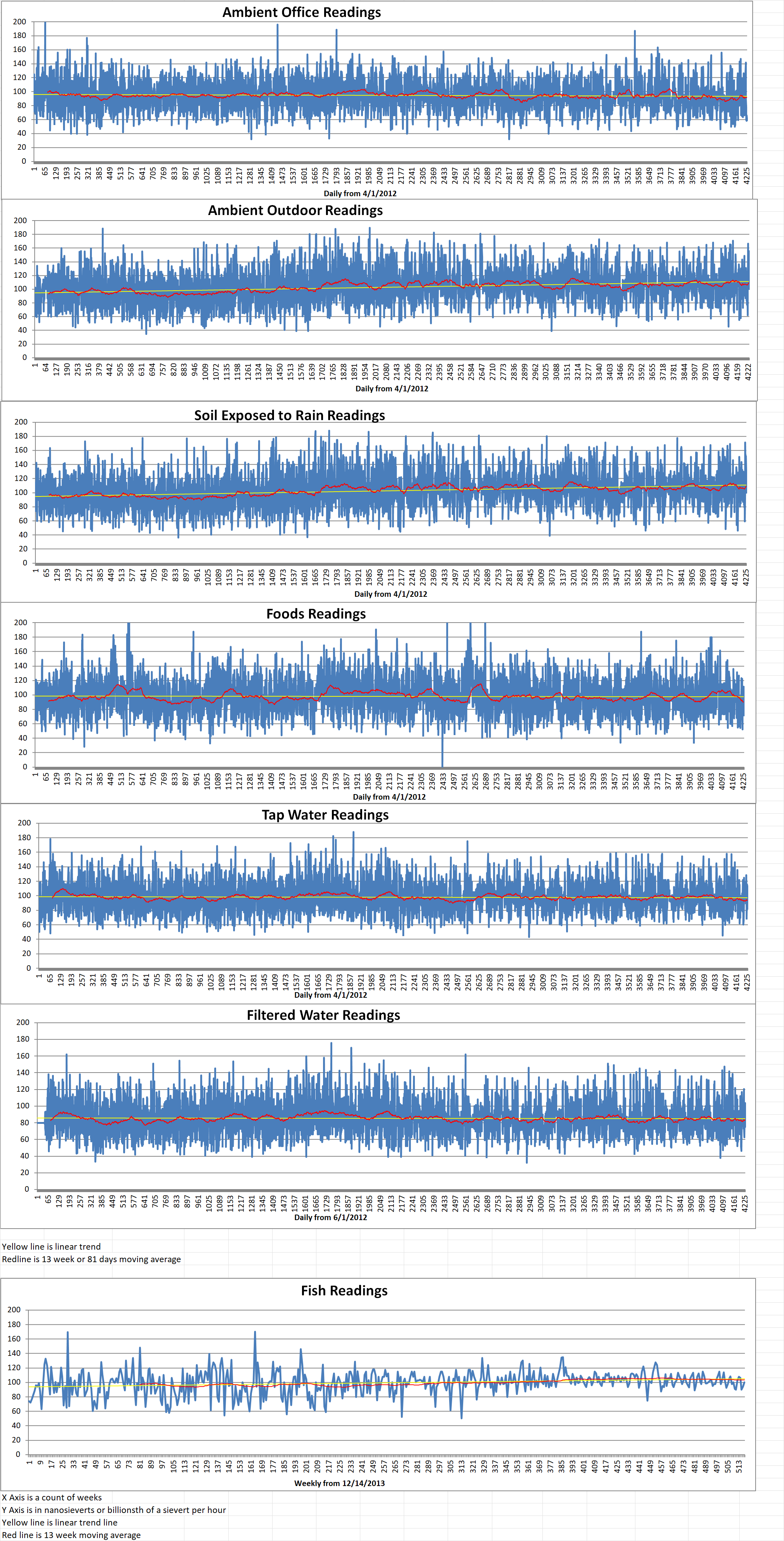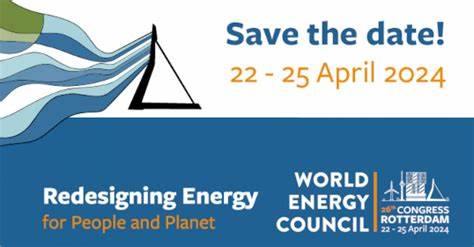Part 1 of 2 Parts
Massive growth is expected in the global demand for electricity. If it materializes it will require an expansion of both generation and the transmission systems, speakers at a side event at the World Energy Congress 2024 agreed. They said that nuclear power will play an important role in ensuring the resilience of the future global electrical system.
The session was titled Building low-carbon resilient electricity system. It was co-organized by World Nuclear Association, the United Nations Economic Commission for Europe (UNECE) and the Electric Power Research Institute (EPRI) on the sidelines of the World Energy Congress, held in Rotterdam, The Netherlands, on 22-25 April.
Sama Bilbao y León is the Director General of the World Nuclear Association. When asked about the biggest challenges to the global electricity system, she said that many developed countries have “very robust and reliable energy systems” that have been built over the years but when adding new generation, especially intermittent renewable generation, “we have forgotten to ensure the resiliency of the system. We are finding ourselves close to breaking point where any most-needed capacity … is really going to require major investment into the grid itself.”
Neil Wilmshurst is the Senior Vice President of Energy System Resilience and Chief Nuclear Operator at EPRI. He said that in the developed world the challenge is integrating renewables, reliability, and resilience in the context of increasing demand. He mentioned that conservative estimates put future electricity demand at twice or three times the current demand. “If you look at the amount of hydrogen people say could be in demand in the US, it would take the entire current generation capacity of the US to produce it. That is the kind of magnitude of generation we’re talking about. Then you throw on top of that the coming load from data centers.” Electricity demand in developing countries is also rapidly expanding. A major challenge will be simultaneously increasing electricity supply in the developed world while electrifying the developing world.
Iva Brkic is the Secretary of UNECE’s Sustainable Energy Division. She noted a recent International Energy Agency (IEA) report which estimated that there was a need to add or refurbish a total of more than fifty million miles of grids by 2040, the equivalent of the existing global grid. She said, “We need to double it in the next 14 years to meet our targets. So where are those resources going to come from? Where are the critical raw materials that we need to identify, to secure the supply chains, to really build that infrastructure? Now we add another layer to this – keeping the resiliency but also the reliability of that grid.”
Brkic said that the effects of climate change are already being experienced around the globe. “How can we ensure that the system that we are now redesigning and building and modernizing can withstand those impacts of climate change – the heatwaves, the droughts. This is something that we need to pay attention to.”
Brkic continued, “At the UNECE, we like to think also about the aspects of balancing between delivering on energy security, affordability and environmental sustainability. And when we think now about modernising the electricity system, it’s also about balancing those aspects and creating the resiliency while actually cleaning the energy system.”
Wassim Ballout is an energy analyst at EDF’s Corporate Strategy Division. The electricity generation sector is still one of the highest emitters of CO2. Many countries rely heavily on fossil fuels for electricity production. He said, “One of the biggest challenges will be to satisfy this significant demand growth with decarbonized production. Not only decarbonizing the existing production but also to cope with the significant increase … the challenge would be to invest in all low-cost, low-emission technologies and to have a technological neutral approach and have good incentives to do that.”
Please read Part 2 next

